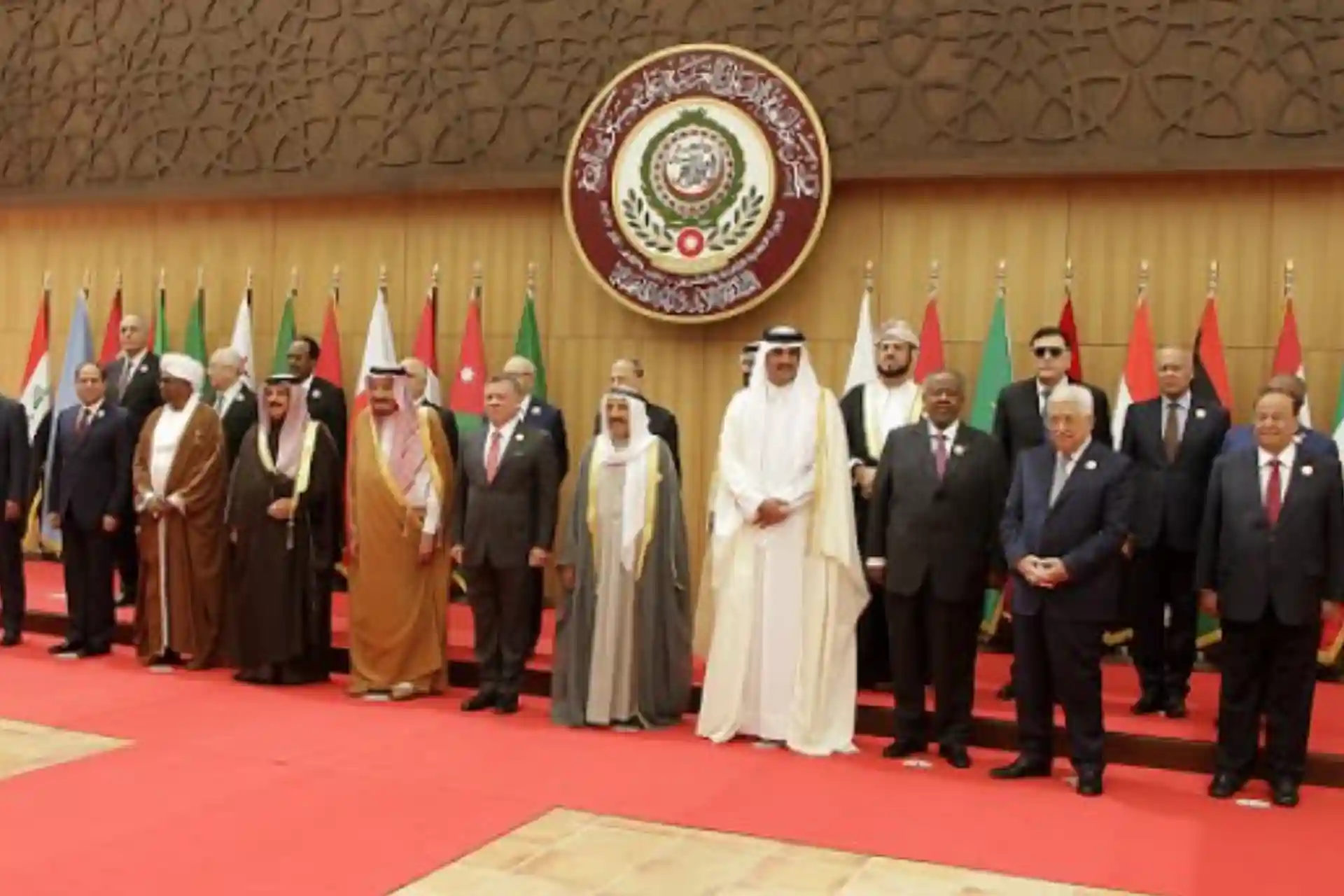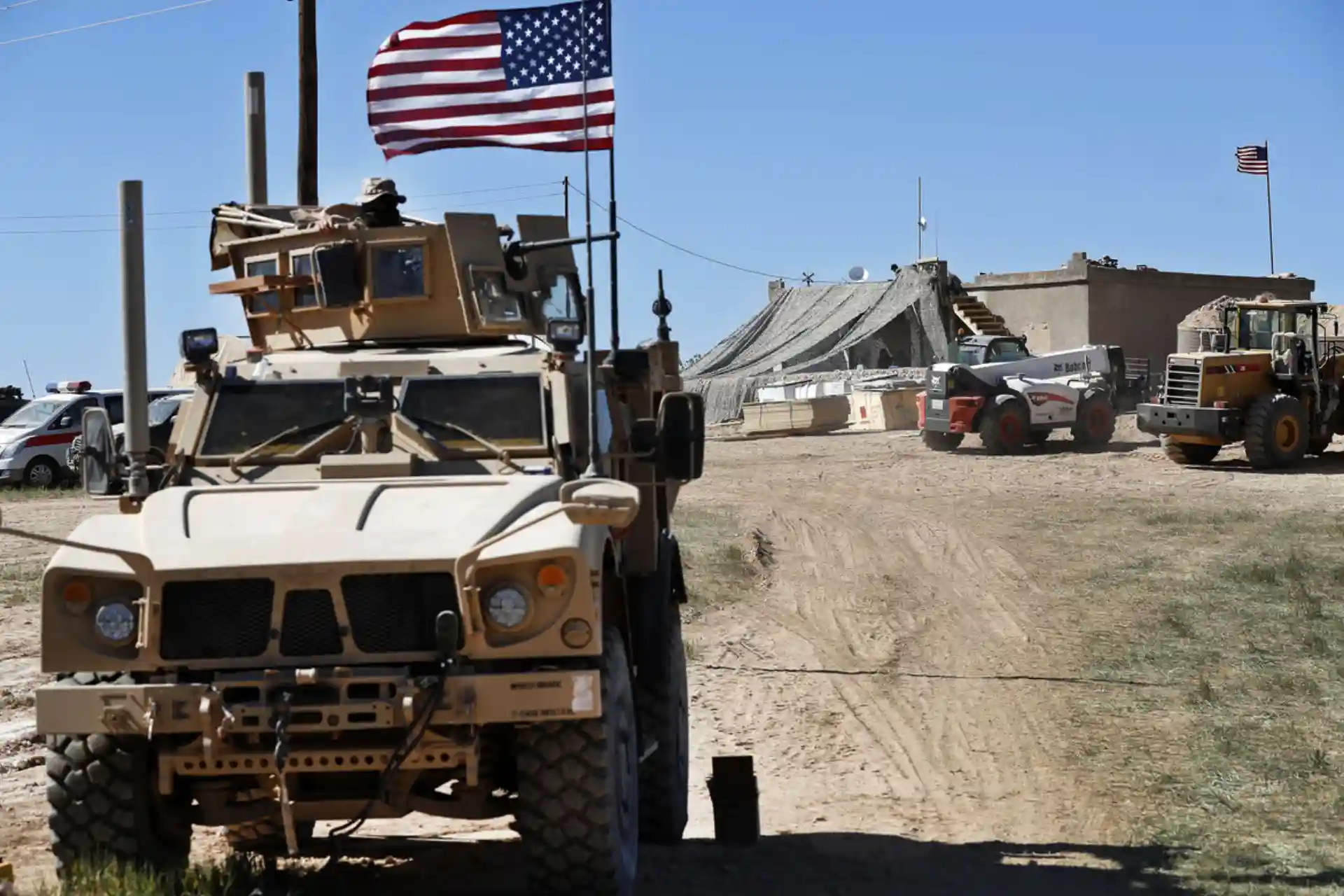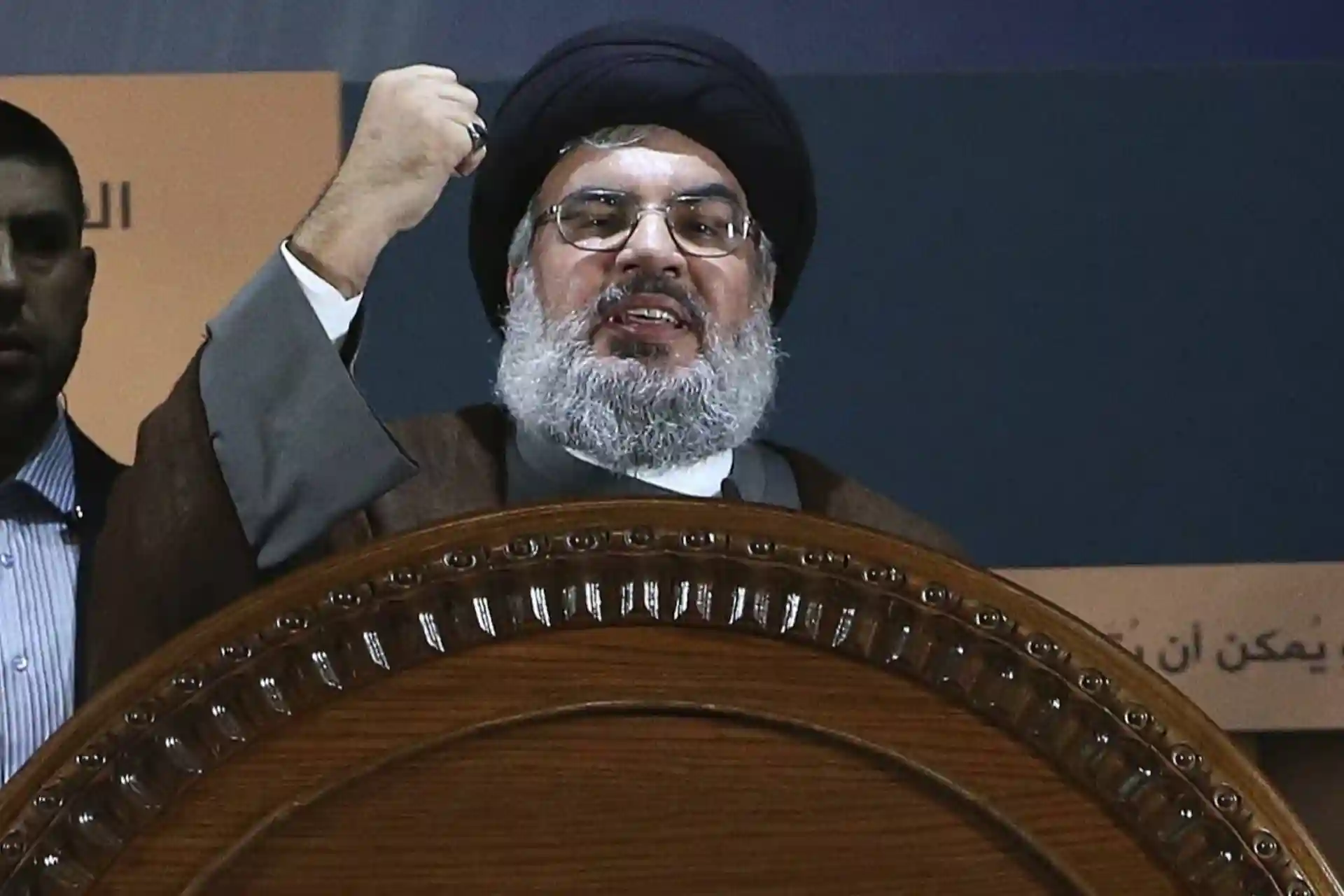10.03.2025 08:30
1062
Analysis: What kind of organization is the Arab League? Does it have a place today?
The 22-member group of states known as the Arab League has failed to fully demonstrate its importance for several decades, particularly on the Palestinian issue, which is considered one of the main regional issues.
However, its influence may be rekindled, as the organization is now seeking to offer a unified position on ending the war in Gaza. But its goal in doing so is the hope of preserving its own regimes in the region.
On October 7, 1944, seven Arab states signed a document known as the Alexandria Protocol. The following year, an organization known as the League of Arab States was formed, which included Egypt, Iraq, Transjordan, Lebanon, Saudi Arabia, Syria, and North Yemen.
It currently includes twenty-two member states that retain voting rights in the Arab League Council, while an additional seven observer states are invited to participate in sessions without voting rights.
Its first major decision was on intervention in support of the Palestinian people. Despite being a group that aimed to resolve conflicts, negotiate economic agreements, and unify Arab positions on political issues, the document became a body that lost its credibility in the eyes of the Arab community.
Following the June 1967 war, an Arab League summit was held in Khartoum, Sudan. At that time, a resolution known as the "three nos" was unanimously adopted: no peace with Israel, no recognition of Israel, and no negotiations with it.
While the decision is seen as a historic stand against normalization, Israeli author Avi Shlaim later wrote about how Arab leaders interpreted the resolution: "There is no formal peace treaty, but there is a rejection of peace; there is no direct negotiations, but there is talking through third parties; there is no de jure recognition of Israel, but there is acceptance of its existence as a state."
The last time the Arab League united on an issue was when former Iraqi President Saddam Hussein invaded Kuwait in 1991. The organization supported the United States' wishes at that time. However, with the invasion of Iraq in 2003, the Arab League lost its legitimacy.
On the Palestinian issue, it has become a platform for Arab leaders to express their opinions on the subject, without expecting any action to be taken. For example, in 2002, the Arab League summit was held in Beirut. At that summit, the Saudi-led "Arab Peace Initiative" was officially ratified. However, there was no progress on this issue, and on the contrary, the UAE, Bahrain, Morocco and Sudan betrayed the idea, and Saudi Arabia itself was on the verge of abandoning it in 2023.
These ineffective calls for a so-called "two-state solution" were largely perceived as futile attempts by Arab autocrats to normalize relations with Israel while simultaneously pleasing the United States.
But the current state of Arab leadership poses a dilemma that could lead to either historic breakthrough or collapse. The Arab League meeting on February 28 was convened to forge a unified position against the Trump administration's proposal to ethnically cleanse the Gaza Strip.
The real essence of this meeting was that the Arab leadership was trying to prepare a counter-proposal for post-war Gaza governance that would be acceptable to all parties, in response to US President Donald Trump's threat to relocate the Palestinian people to countries such as Jordan, Egypt, and even Saudi Arabia.
As Israel continues to expand its territory, illegally seizing more land from Syria, refusing to leave southern Lebanon, and seeking to annex the West Bank, the situation is becoming increasingly alarming for Arab rulers, who are now finally forced to come to a common position that will avert a potential catastrophe for themselves.
Whether they will miss the opportunity again or seize it, even if their own personal interests are at stake, remains to be seen.
However, its influence may be rekindled, as the organization is now seeking to offer a unified position on ending the war in Gaza. But its goal in doing so is the hope of preserving its own regimes in the region.
On October 7, 1944, seven Arab states signed a document known as the Alexandria Protocol. The following year, an organization known as the League of Arab States was formed, which included Egypt, Iraq, Transjordan, Lebanon, Saudi Arabia, Syria, and North Yemen.
It currently includes twenty-two member states that retain voting rights in the Arab League Council, while an additional seven observer states are invited to participate in sessions without voting rights.
Its first major decision was on intervention in support of the Palestinian people. Despite being a group that aimed to resolve conflicts, negotiate economic agreements, and unify Arab positions on political issues, the document became a body that lost its credibility in the eyes of the Arab community.
Following the June 1967 war, an Arab League summit was held in Khartoum, Sudan. At that time, a resolution known as the "three nos" was unanimously adopted: no peace with Israel, no recognition of Israel, and no negotiations with it.
While the decision is seen as a historic stand against normalization, Israeli author Avi Shlaim later wrote about how Arab leaders interpreted the resolution: "There is no formal peace treaty, but there is a rejection of peace; there is no direct negotiations, but there is talking through third parties; there is no de jure recognition of Israel, but there is acceptance of its existence as a state."
The last time the Arab League united on an issue was when former Iraqi President Saddam Hussein invaded Kuwait in 1991. The organization supported the United States' wishes at that time. However, with the invasion of Iraq in 2003, the Arab League lost its legitimacy.
On the Palestinian issue, it has become a platform for Arab leaders to express their opinions on the subject, without expecting any action to be taken. For example, in 2002, the Arab League summit was held in Beirut. At that summit, the Saudi-led "Arab Peace Initiative" was officially ratified. However, there was no progress on this issue, and on the contrary, the UAE, Bahrain, Morocco and Sudan betrayed the idea, and Saudi Arabia itself was on the verge of abandoning it in 2023.
These ineffective calls for a so-called "two-state solution" were largely perceived as futile attempts by Arab autocrats to normalize relations with Israel while simultaneously pleasing the United States.
But the current state of Arab leadership poses a dilemma that could lead to either historic breakthrough or collapse. The Arab League meeting on February 28 was convened to forge a unified position against the Trump administration's proposal to ethnically cleanse the Gaza Strip.
The real essence of this meeting was that the Arab leadership was trying to prepare a counter-proposal for post-war Gaza governance that would be acceptable to all parties, in response to US President Donald Trump's threat to relocate the Palestinian people to countries such as Jordan, Egypt, and even Saudi Arabia.
As Israel continues to expand its territory, illegally seizing more land from Syria, refusing to leave southern Lebanon, and seeking to annex the West Bank, the situation is becoming increasingly alarming for Arab rulers, who are now finally forced to come to a common position that will avert a potential catastrophe for themselves.
Whether they will miss the opportunity again or seize it, even if their own personal interests are at stake, remains to be seen.



